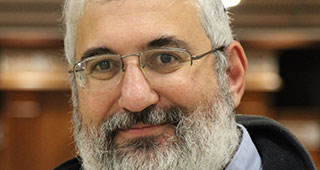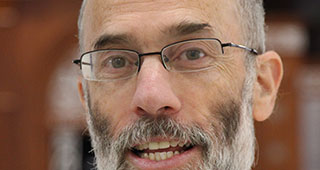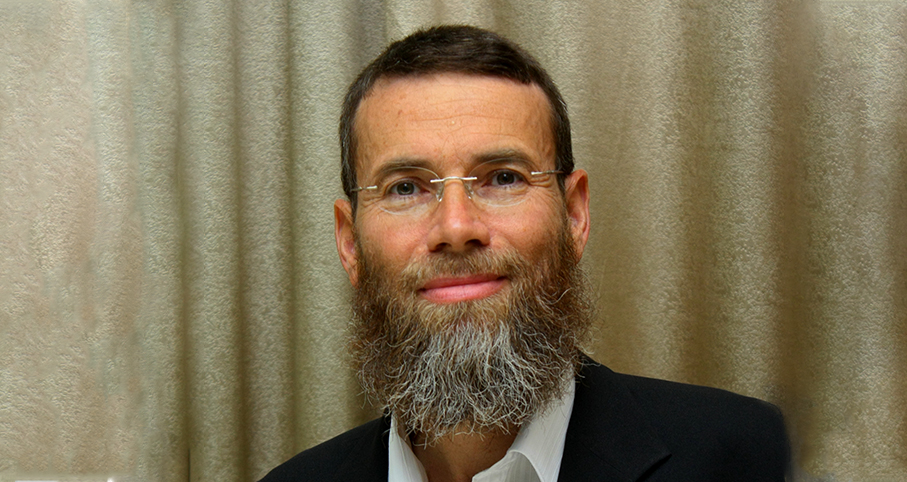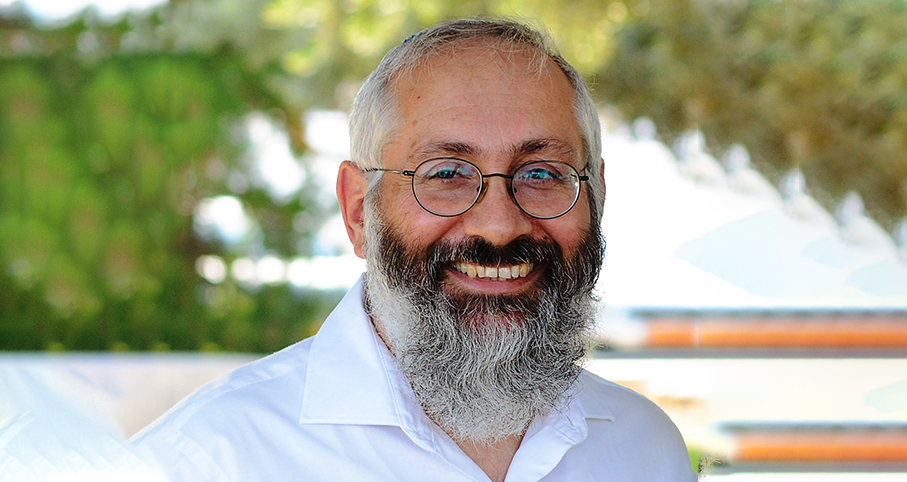Beit Midrash
- Sections
- Chemdat Yamim
- Bemare Habazak - Rabbis Questions
- Jewish Laws and Thoughts
- Prayer
- Shul
Answer: The idea of a ner tamid is both an ancient practice, first alluded to in Shemot 27:20), and a more recent one, as we will see. In the Beit Hamikdash, the "western lamp" of the menora was supposed to always be lit. Now that there is no Beit Hamikdash and our shuls have assumed some of its place in our lives (Megilla 29a), some say that the ner tamid is among the specific mikdash-like features that have been adopted (see Binyan Tziyon 12; Terumat Hagoren I:37).
I have been unable to find a reference to a "ner tamid" in a shul before the Terumat Hadeshen (15th century Germany). On the other hand, lights in shuls are discussed well before that, and they are an important part of a shul to which some specific halachot pertain. For example, they cannot have any connection to idol worship or worshippers (Shulchan Aruch, Orach Chayim 154:11). This, though, refers to lights in general, and not necessarily to a ner tamid.
Some sources refer to the practical need of being able to see and read, especially at night. Others, including the Rambam (Tefilla 11:5) and the Rosh (Shut 5:8), refer to good lighting as one of the ways to show honor (kavod) to the shul. The concept we know of ner tamid is that even shuls that have extensive lighting and expensive chandeliers, additionally have a specific ner tamid, usually in the front of the shul, which stays on even when other lights are off.
Is it required for there to be a light in shul at all times? The Shulchan Aruch (Orach Chayim 514:5) says that it is permissible on Yom Tov to light candles in shul, as the mitzva purpose justifies doing melacha. The Rosh (ibid.) says that it is permitted even to light these candles in the afternoon and have them last into the next day (e.g., Shabbat, second day of Yom Tov) because the kavod it brings immediately suffices. While the Rashba (III:277) was not convinced that this type of benefit justifies melacha on Yom Tov, he agrees that generally it is proper to have light for the kavod of the shul, apparently beyond that which is technically necessary. The Magen Avraham (ad loc. 14) says that it is even permitted to light candles at the time that people are not in shul, as the honor still applies.
Indeed, it is usually assumed that light is worthwhile even when people are not there, but that still does not mean that there is a literal concept of tamid (constant). The Rav Pealim (II, OC 43) discusses a shul that was afraid, for safety reasons, to leave candles lit all night in shul and wanted a non-Jew to blow them out and relight the next morning (Shabbat). He mentions that even when blowing out all the lights, they must certainly keep at least one candle lit in a safe place because it is not kavod for there to be pitch dark in the shul. He seems to assume that when there is daylight, one candle does not make a difference and is not needed (the Magen Avraham, ibid., is likely talking about several candles, which are noticeable even during the day).
Putting things together, nowadays there is a minhag to have a specific ner tamid in shul at all times. Since it is so easy to just leave it on always, it is unclear whether it is important that it remain on during the day as well. However, the minhag does not appear to be strongly modeled on the Beit Hamikdash. One of several signs that it is intended for a more practical than ritual kavod is the fact that we use electricity rather than olive oil (see Maharam Shick, Yoreh Deah 83), unlike the more mikdash-related Chanuka lights. There are few if any sources that indicate there is a problem if a relatively short period goes by without a specific, set ner tamid. Therefore, it does not seem that it was necessary to get candles, especially during the daytime and certainly when emergency lights were on.

Bemare Habazak - Rabbis Questions (628)
Rabbi Daniel Mann
123 - A Teacher’s Responsibility for Theft of Phones
124 - Lighting a Candle When the Ner Tamid Is Out?
125 - Buying With Intention to Return
Load More

Ask the Rabbi: Beracha Acharona on Cake
Rabbi Daniel Mann | Tevet 5786

Ask the Rabbi: Depriving a Tree of Water
Rabbi Daniel Mann | Tishrei 5786

Ask the Rabbi: Wearing a Kippa in Today’s US Social Atmosphere
Rabbi Daniel Mann | Tammuz 5785

Ask the Rabbi: Forgot to Remove Tefillin Before Musaf of Rosh Chodesh
Rabbi Daniel Mann | Kislev 5786

Rabbi Daniel Mann

Davening Early on Shavuot
Iyar 26 5777

Washing Hands with Soap on Yom Kippur
Tishrei 4 5776

Ribbit in a Loan from an Irrevocable Trust Fund
Adar 7 5777
























